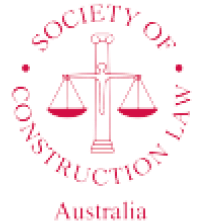Can AI Invent?
Dr. Thaler attempted to patent AI-generated inventions with DABUS as the inventor. The Australian court ruled AI cannot be an inventor, meaning human inventors must apply for patents.
For some years, Dr Stephen Thaler, the owner of an artificial intelligence known as ‘DABUS’ has attempted, across the world, to prosecute the legal argument that an artificial intelligence can be granted a patent for its inventions.
DABUS is an artificial intelligence which has ‘invented’ a design for a particular type of food container which can be tessellated with other food containers and has a number of other properties. These properties have, in general, been found to constitute a substantial enough ‘inventive step’ to qualify the product for a patent.
Dr Thaler’s mission and his ‘Artificial Inventor Project’, have filed a number of patent applications in numerous jurisdictions.
South Africa is currently the only country in the world to have granted a patent application. However South Africa’s patent office does not have a substantive examination process, and so the legal ramifications of its granting of a patent are limited.
Where those patent applications have been denied by the relevant statutory officer, such as the Comptroller-General in the United Kingdom, or the Commissioner of Patents in Australia, they have been appealed by Dr Thaler and have made their way into the courts.
The various patent cases, and particularly the Australian case, have substantial impact for businesses, whether they can rely on the patent rights to inventions that their AI systems create, and how they should lodge their patent applications.
The Australian case began with Dr Thaler lodging a patent application for DABUS’ invention, with IP Australia, the body which manages and approves patent applications at first instance. On the patent application, he gave ‘DABUS’ as the name of the inventor, explaining that ‘the invention was autonomously generated by an artificial intelligence’. The Commissioner of Patents denied this application on the basis that an artificial intelligence does not fall within the meaning of ‘inventor’ in the Patents Act 1990. Dr Thaler then applied to the Federal Court for judicial review of the Commissioner’s decision.
The primary judge before whom the application came found that the Commissioner of Patents erred, and that an artificial intelligence could be an ‘inventor’ for the purposes of the Act. At this first instance, the patent was granted to Dr Thaler with DABUS as the inventor.
The Commissioner of Patents then appealed the case to the Full Federal Court.
In the process of this appeal, the Court considered two key legal questions:
Can an artificial intelligence be considered an ‘inventor’?
The regulations subsidiary to the Patents Act caused the applicant, in this case, to be required to name the inventor of the invention. The Court found, in reference to substantial precedent, that an inventor has to be a human being. Referring even to the very beginning of patent law with the 1624 Statute of Monopolies, the Court placed a key emphasis on the need for human ‘ingenuity’ as a component of the process of invention. It found, therefore, that an AI cannot be considered an inventor, and that Dr Thaler’s application was in contravention of the subsidiary regulations in providing ‘DABUS’ as the name of the inventor.
Can a human be granted a patent for something that an AI has invented?
The Patents Act provides for a person to apply for a grant of the patent, if the person is ‘entitled to be assigned’ ownership or ‘derives title’ of a patent. This is the provision which Dr Thaler took advantage of to apply for the patent in the first place. The Court found, again on the basis of substantial precedent, that the process of Dr Thaler being conferred the ownership of a patent that they did not personally invent has to begin with a human inventor. A situation in which this might occur is where someone invents something whilst being employed by someone else, to whom the right of the patent may fall if the contract of employment so specifies.
Because the Court had found that AI cannot be an inventor, it found that no person could be conferred the right to a patent of something an AI had invented.
On the basis of these two findings, the Court reversed the primary judge’s findings and concluded that the Commissioner of Patents had acted correctly in rejecting Dr Thaler’s patent application.
The relevance of this decision for businesses who use AI tools is significant. It should be noted that this decision does not mean that every invention which an AI is involved with cannot be patented. Instead, it means that any such invention would have to be lodged with the patent office with a human named as the inventor.
It does, however, raise the interesting question as to whether a human can be said to invent something if an AI is involved, particularly in the instance where the human in question is not also the creator of the AI. This means if a person used AI to invent a particular item, for example, by instructing it to 3D print an item to certain specifications, it is unclear as to whether they could patent that item.
Follow Us
Subscribe
Enter your email to sign up to our newsletter
Recent Posts
Archives
Categories
You may also be interested in
Client Testimonials
Please call us to arrange an initial consultation
Our expertise in our respective fields is widely acknowledged. Drawing upon our practical experience, we consistently produce the positive and reliable results our clients expect. We would love to stay connected with you and keep you up to date with all relevant legal issues and expertise.
Subscribe to our email updates by entering your email below, or simply message or call us on +61 3 9212 0238




